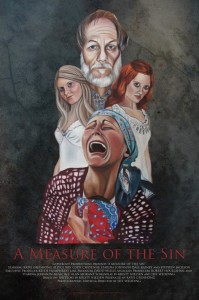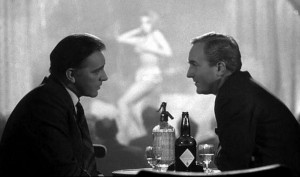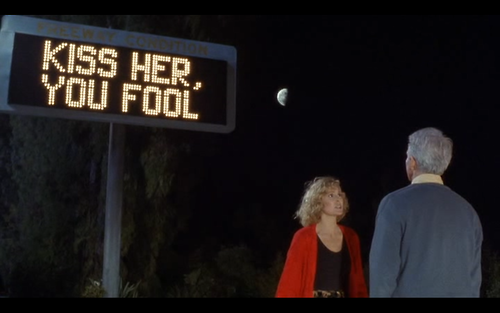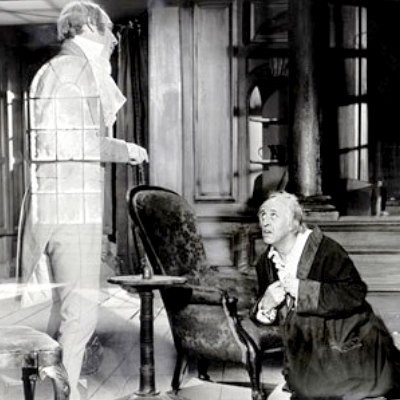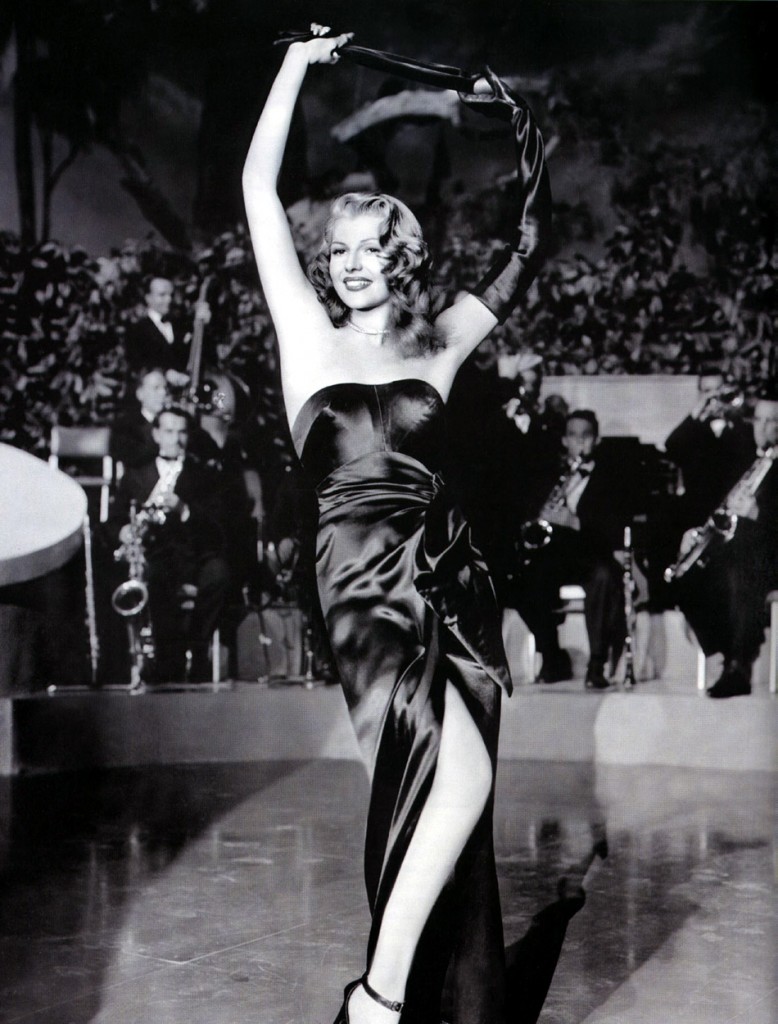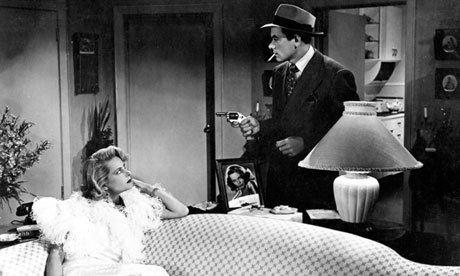 I have praised Anthony Mann’s many noir westerns with Jimmy Stewart here at RBC, but have never recommended any of his more traditional urban noirs. Let me rectify that by pointing you to his 1947 low-budget triumph, Railroaded!.
I have praised Anthony Mann’s many noir westerns with Jimmy Stewart here at RBC, but have never recommended any of his more traditional urban noirs. Let me rectify that by pointing you to his 1947 low-budget triumph, Railroaded!.
The film opens with a high-voltage portrayal of a blown stickup, as some luckless bad guys fail to get away clean while robbing a gambling joint, despite having inside help. But the heart of the story comes after the opening fireworks, as the lead gunsel (reliable bad guy John Ireland) and his boozy floozy (Jane Randolph, who excelled in these kinds of roles) frame an innocent man (a sympathetic Ed Kelly) for the crime. A police detective (a pre-Leave it to Beaver Hugh Beaumount) at first isn’t convinced that the guy in the frame is innocent, but he is persuaded to investigate by the attractive, goodly sister of the accused (Sheila Ryan). Action, suspense and romance ensue.
This film was made on Poverty Row, which churned out low-budget B-movies until its business underpinnings were destroyed by the Paramount Supreme Court Case, which I have written about before. The budgets of Poverty Row studios were too small and the films were shot too quickly to consistently achieve quality, but these studios were also a playground for talented people who went on to better opportunities later, including Anthony Mann. The Poverty Row studios were also more comfortable pushing the envelope with the censors, an example in Railroaded! is that when the slatternly Randolph and the saintly Ryan meet in this movie, they get into an extended brawl! (Nice touch by the way: They were dressed in inverted colors for the fight, Ryan all in sinful black, Randolph in angelic white).
Railroaded!, in addition to being an exciting story on its own terms, shows how skilled filmmakers can overcome low budgets. The noir lighting and plenty of closeups keep the viewers from contemplating the cheap props and sets. And Mann’s brisk pace (the film is not much more than an hour long) stops anyone from thinking too hard about some of the less plausible aspects of a script, which would have benefited from one more rewrite to iron out some plot contrivances.
By the way, Hugh Beaumont isn’t the only person in this tough, dark crime movie who went on to inordinately wholesome TV stardom. Ellen Corby, who later became Grandma Walton, appears uncredited as Mrs. Wills.
In summary, this is a remarkably solid and entertaining movie given that its budget was probably around two bits. I believe the poverty row studio movies are in the public domain at this point, so I am posting Railroaded! right here for you to enjoy.
